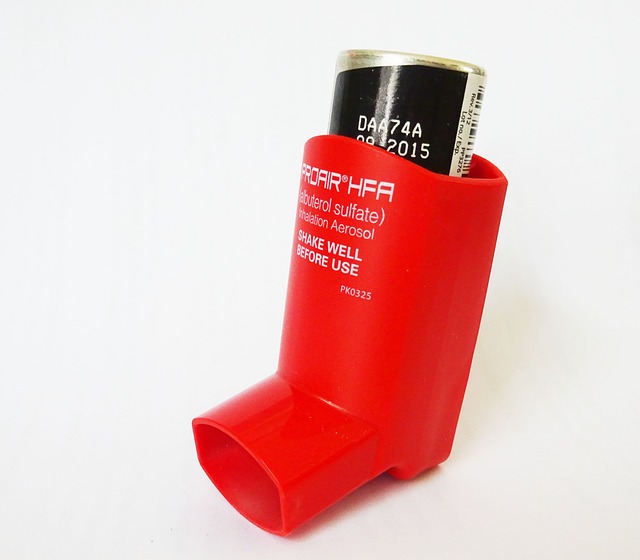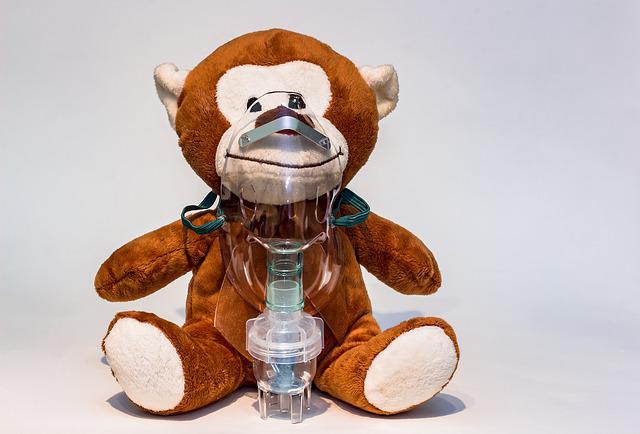Podcast: Play in new window | Download (Duration: 23:16 — 21.3MB) | Embed
On this very special episode of the Real Life Pharmacology podcast, we tackle asthma pharmacotherapy and some of the things that Beth sees in her everyday practice as an ambulatory care pharmacist.
When discussing asthma pharmacotherapy with pediatric patients and their families, it is critical to address the concern of suppressed growth with corticosteroid use. Beth shares her expertise and thoughts on this topic.
The GINA update a few years ago has been a game changer in asthma, hear from Beth how this has been implemented in her practice.
Beth also discusses some of the everyday drug interactions and adverse effects of asthma medications in this podcast episode.
Neither Beth nor I have any conflicts of interest in regard to discussing these medications.
If you’d like to contact Beth, you can reach out to her at zerr@arizona.edu
Be sure to check out our free Top 200 study guide – a 31 page PDF that is yours for FREE!
Support The Podcast and Check Out These Amazing Resources!
Flippin’ Pharmacology Flash Cards
Pharmacology Crossword Puzzle Book (Over 2,000 Clues/Questions!)
Meded101 Guide to Nursing Pharmacology (Amazon Highly Rated)
Guide to Drug Food Interactions (Amazon Best Seller)
Drug Interactions In Primary Care (Amazing Resource for Practicing Clinicians)
Perils of Polypharmacy (Great Resource for Those Who Work in Geriatrics)


